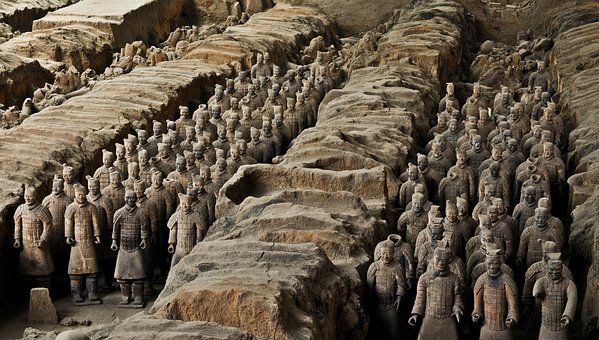Why is the Chinese language so hard to master?
Standard Chinese is the most widely spoken language in China. China is one of the world’s most linguistically rich nations. In China, more than 70 million people from 55 distinct national minorities live, and although each minority has its own spoken language, many minority groups lack a distinguishable written medium for their languages. Despite the fact that many officials and commoners spoke different Chinese dialects, Nanjing Mandarin became prevalent at least during the officially Manchu-speaking Qing Empire. Until the mid-twentieth century, the majority of Chinese in southern China did not speak Mandarin. Since the 17th century, several efforts and attempts have been made to make pronunciation adhere to the Beijing style. To accomplish this, the Empire established Orthoepy Academies. These efforts, however, were largely unsuccessful. The Nanjing Mandarin standard was eventually replaced in the imperial court during the last 50 years of the Qing Dynasty in the late nineteenth century. Most linguists identify all of the varieties of spoken Chinese that comprise the Sinitic branch as the Sino-Tibetan language family (spoken by the ethnic Han Chinese majority and many minority ethnic groups in Greater China) and claim that there was an initial language, Proto-Sino-Tibetan, from which the Sinitic and Tibeto-Burman languages descended, close to Proto-Indo-European.





